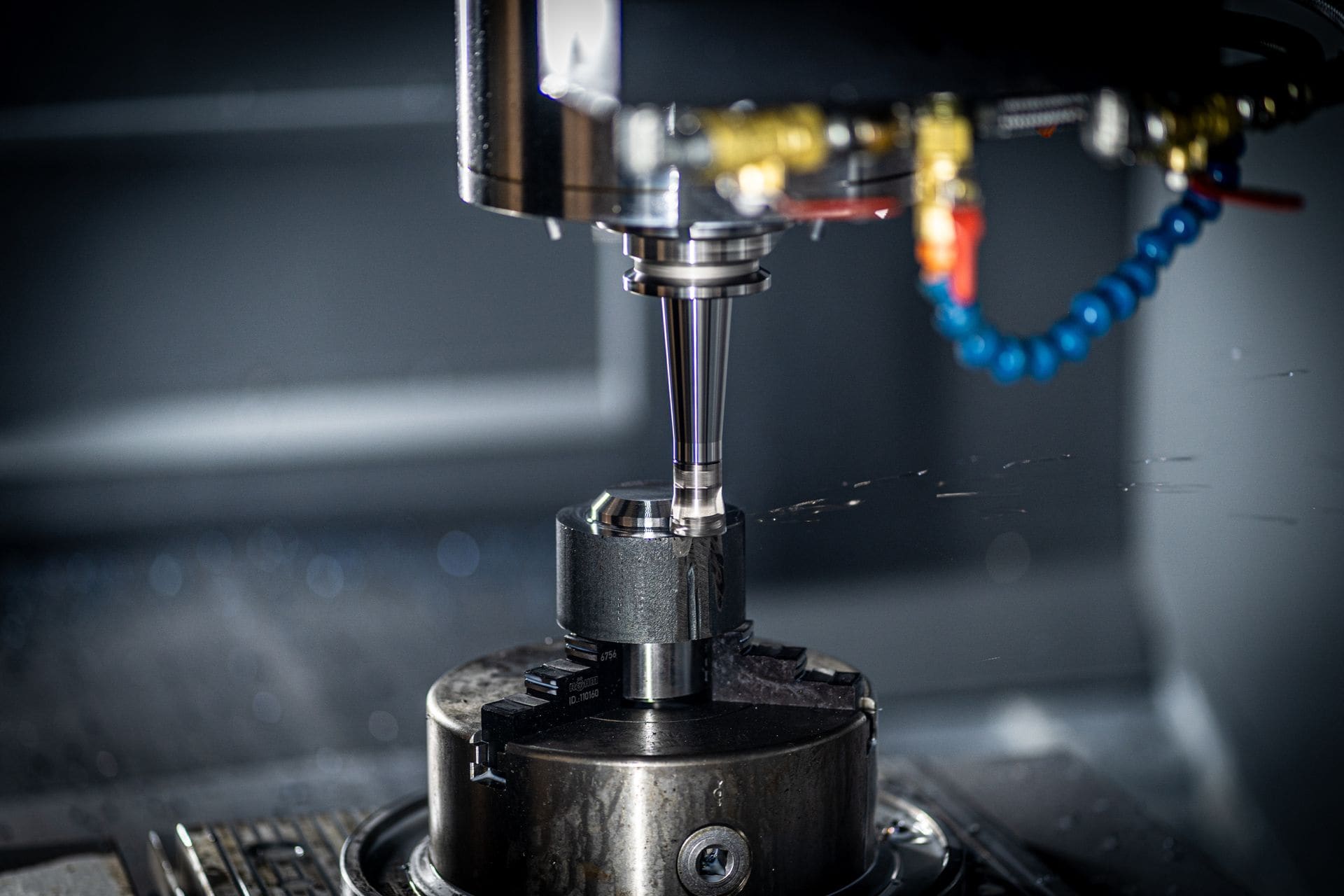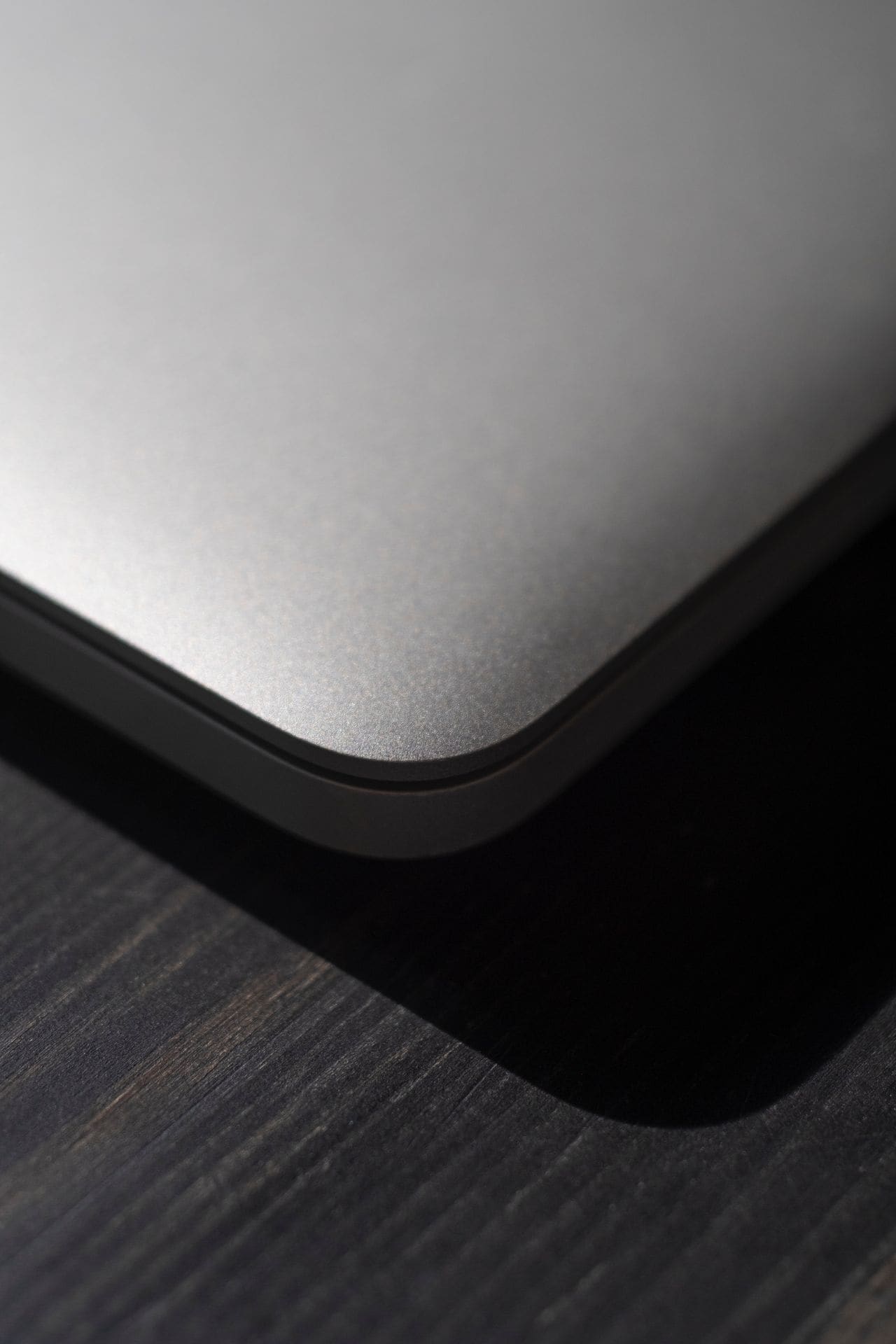SUS304 vs SUS430: Stainless Steel Properties, Differences, and CNC Machining Applications
AUTHOR: Creallo Marketing Team|2025.08.27
Stainless steel is a metal that overcomes iron’s greatest weakness—poor corrosion resistance. Unlike aluminum, it is neither too light nor too soft, making it a well-balanced material. With excellent durability, corrosion resistance, and a long service life, stainless steel is widely used across various industries.
Stainless steel is generally classified into three types: austenitic, ferritic, and martensitic. Among them, the most widely used are SUS304 (austenitic) and SUS430 (ferritic). In this article, we will compare the properties and differences of these two representative grades.
Features of SUS304
SUS304 contains 18% chromium and 8% nickel and is the most widely used stainless steel worldwide. It offers excellent corrosion resistance, workability, and weldability.
Because of its high resistance to both organic and inorganic chemicals, it is widely used in kitchenware and household goods. SUS304 also maintains stable performance in environments above 900°C, thanks to its heat resistance. However, it may corrode in chloride-rich environments such as coastal areas, so caution is needed.

Features of SUS430
SUS430 is a ferritic stainless steel that contains 18% chromium. It is cost-effective and highly workable, making it suitable for a wide range of products.
Unlike SUS304, SUS430 is magnetic and adheres to magnets. It is commonly used in spoons, forks, cookware, and appliances such as refrigerators and washing machines. Its low thermal deformation also makes it suitable for exhaust systems, fuel injection components, and construction materials.
SSUS304 vs SUS430: Key Differences

While both SUS304 and SUS430 share the core benefits of stainless steel, their properties vary due to their composition.
| Category | SUS304 | SUS430 |
| Corrosion Resistance | Superior, with nickel content | Lower, no nickel included |
| Heat Resistance | Stable above 900°C | Good, but less than SUS304 |
| Strength | Higher strength, harder to cut | Lower strength, easier to machine |
| Price | More expensive (nickel content) | Cheaper, cost-effective |
| Magnetism | Non-magnetic | Magnetic |

Applications of SUS304 and SUS430
Both materials are widely used across various industries, but their suitability depends on the specific environment and operating conditions.
SUS304 Applications
SUS304 is widely used where high corrosion and heat resistance are required. It is common in nuclear equipment, chemical plant facilities, and precision machinery parts. In everyday life, it can be found in elevator panels and train exteriors.
Its hygienic and stable properties make it ideal for food processing plants, dishwashers, and environments exposed to high humidity and heat. In addition, its non-magnetic property makes it suitable for jigs and fixtures that must avoid magnetism. However, it is not suitable for environments exposed to seawater or high chloride content.
SUS430 Applications
SUS430 is a cost-effective alternative to SUS304, especially in indoor or low-stress environments. It is widely used in cutlery, cookware, and household appliances.
Thanks to its low thermal deformation, it is also used in automotive exhaust systems, fuel injection components, and construction materials such as roofing. Although its corrosion resistance is lower than SUS304, its balance of durability and price makes it highly practical for everyday applications.
CNC Machining SUS304 and SUS430 with Creallo
At Creallo, our AI-powered online manufacturing service provides CNC machining services for SUS304, SUS430, and other stainless steel materials.
Simply upload your 3D design file, and our AI instantly analyzes manufacturability and generates real-time quotes and lead times. You can complete your order within 5 minutes.
Start your SUS304 and SUS430 CNC machining project today with Creallo.
Learn More About Creallo CNC Machining Materials →
Learn More About Creallo CNC Machining Services →



